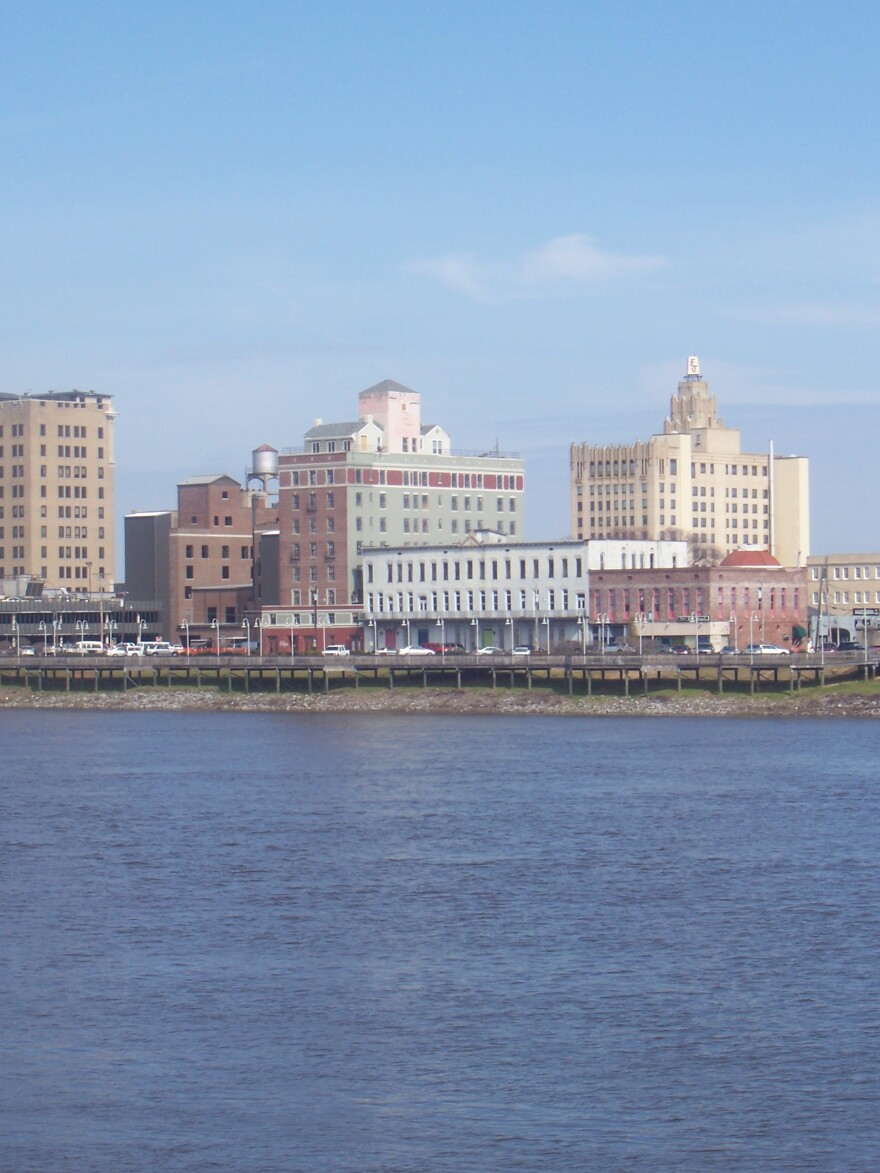City of Monroe Water System staff reported a record high demand on the system of more than 17-million-gallons of water per day, which is 85% of the treatment plant capacity. The two water storage tanks in the eastern section of our city are operating at very low water levels. The increased demand has also slowed down the pace at which the water replenishes in those tanks. As a result, some neighborhoods have begun experiencing issues with low water pressure.
Although the City of Monroe strives to maintain consistent and adequate water pressure levels, customers may experience a reduction in water pressure when there is construction in the area, including when work is being done on infrastructure to ensure the safe and reliable delivery of water. Some areas are seeing variations in water pressure because of high use during peak times (early morning and late evening/night).
City of Monroe Water Systems Manager Sean Benton says, “The extreme heat, coupled with increased development in North Monroe, has affected water pressure. Also, our bulk water purchasers (outside city limits) have roughly doubled their water consumption. Water pressure is measured in pounds per square inch (psi). According to the City’s Design Standards manual, an acceptable pressure range is within between 40 and 80 psi. The water pressure is not low enough to cause problems for firefighters in an emergency. However, we can use some rain and cooler weather to help reduce the local demand on water. It will be helpful if our customers water their lawns later in the morning or less frequently.”
Long-term solutions are already in the works. First, a $40 million expansion of the Water Treatment Plant - which has a projected construction start date of early 2020. This planned large-scale expansion will provide more available capacity for all our city water customers. Also, the current construction of our new $3.1 million booster station project will solve pressure issues north & east of U.S. Highway 165. It is scheduled to be completed within a few months.


